The approval of the new business school will be detrimental to the integrity and intended mission of Marquette University.
Marquette University Board of Trustees approved a new a site for Marquette Business and innovation leadership program at 16th Street and Wisconsin Avenue Feb 25. The building is a $60 million project, and will be the largest donor-funded building in Marquette history.
The building will be built where McCormick Hall stood formerly, near the Alumni Memorial Union. Since McCormick was torn down, this area has served as a green space for students on campus for study and recreation. In an urban campus like Marquette, green spaces are necessary to compensate for the sometimes overwhelming atmosphere of high density buildings and noisy streets.
The construction of the new building also disrupts the routes of pedestrians and inconveniences both students and the surrounding community by interfering with walkways, as the sidewalk along 16th and Wells Streets is now closed.
The new building’s style is also an issue. It is a bit grating, a sort of modernist and brutalist design, collide with a boxy external aesthetic. It’s an another addition that shows Marquette’s attempt to include more modern and futurist architecture on its campus, which can be seen through the construction of other buildings with similar looks, such as the The Commons, the Engineering Hall and the Athletics Performance Research Center. Additionally, Marquette is planning to construct a BioDiscovery District for biological and biomedical sciences fields as well as take out the Helfaer Rec Center to build an “Innovation Alley” for engineering, science and business collaboration, according to the Campus Master Plan. These buildings will also have a modern look to them.
Avenues West, the neighborhood where Marquette is located, is filled with beautiful, old architecture. In addition to Marquette buildings like the Church of the Gesu and the St. Joan of Arc Chapel, the neighborhood is filled with off-campus gems like the Pabst Mansion and the Rave/Eagles Club.
The new College of Business Administration building, as well as the other new buildings on campus, feel out of place in comparison to their counterpart buildings on 16th Street, Wisconsin Avenue and Wells Street, with some buildings’ older and sometimes dilapidated infrastructure.
The construction of new buildings for business and STEM fields make it clear where Marquette’s priorities lie. Budget cuts and staff layoffs have been seen in the College of Arts & Sciences, with the language department becoming vulnerable as faculty members have an overwhelming workload with insufficient compensation. Other colleges, such as the College of Education, have also seen budget shortfalls and are at risk for merging with different departments. Layoffs and budget cuts have been at the center of student protests.
There is a noticeable contrast between STEM and business buildings and those of other academic buildings, which are often more traditional in appearance with lower levels of technology. However, the older buildings give Marquette a more distinct feel, such as the neo-Gothic Johnston Hall and Marquette Hall.
Marquette is a Catholic, Jesuit university that claims to teach a values-centered curriculum and emphasize service. However, big, expensive buildings conflict with the message of striving for personal and holistic development of the student body and living as servant leaders dedicated to the Jesuit tradition.
It seems that flaunting gaudy forms of wealth in the name of “innovation” does nothing more than give Marquette a more superficial, consumerist persona which values money and self-image more than a commitment to their proposed values.
While the building is donor-funded, the emphasis on certain academic programs, as opposed to others, is apparent. The university must support all students, not just those in business and STEM fields. It would be more beneficial for Marquette to seek out donors that could channel funds and resources into existing programs that are currently struggling and maintain spaces that could benefit the student body at large.
If Marquette continues to channel funds into expensive, shiny buildings in order to sell itself to prospective students, it will make it clear that like the new building, it is nothing more than a business hoping to generate more money, with no clear loyalty and commitment to current students, faculty and members of the Marquette community.
This story was written by Lucia Ruffolo. She can be reached at [email protected]


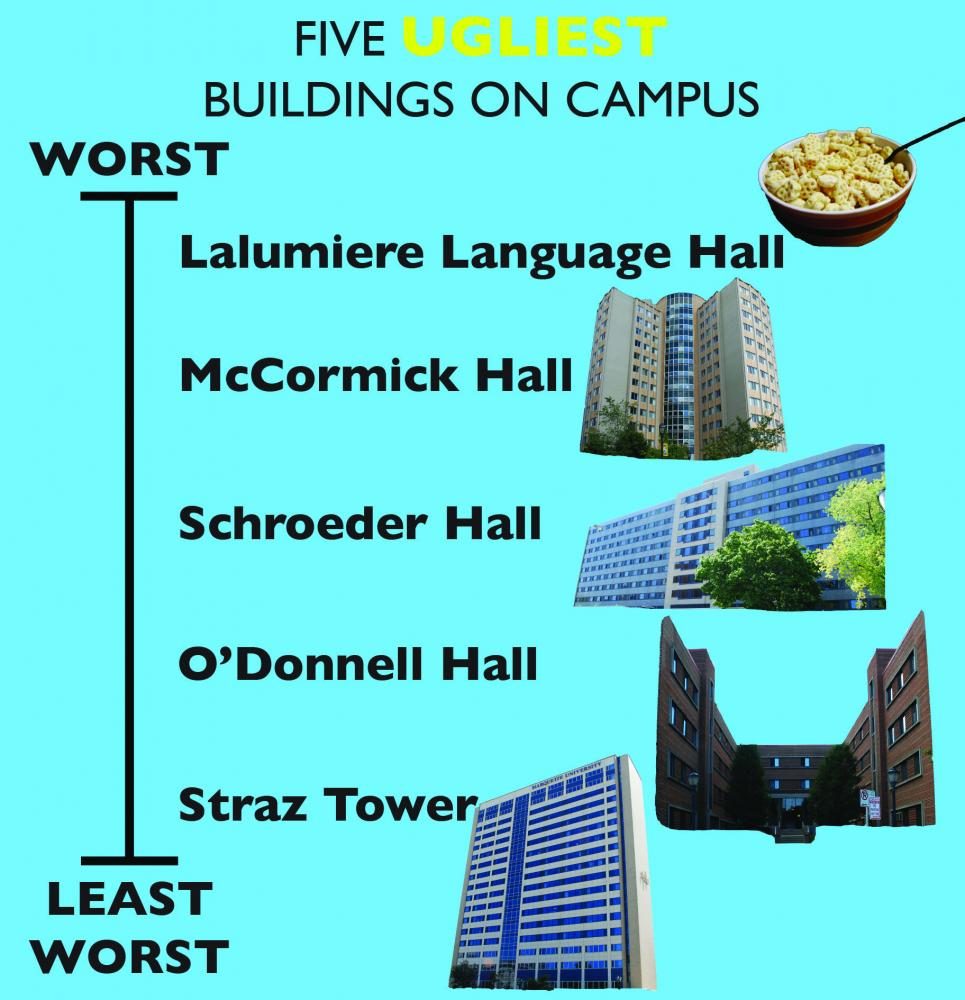
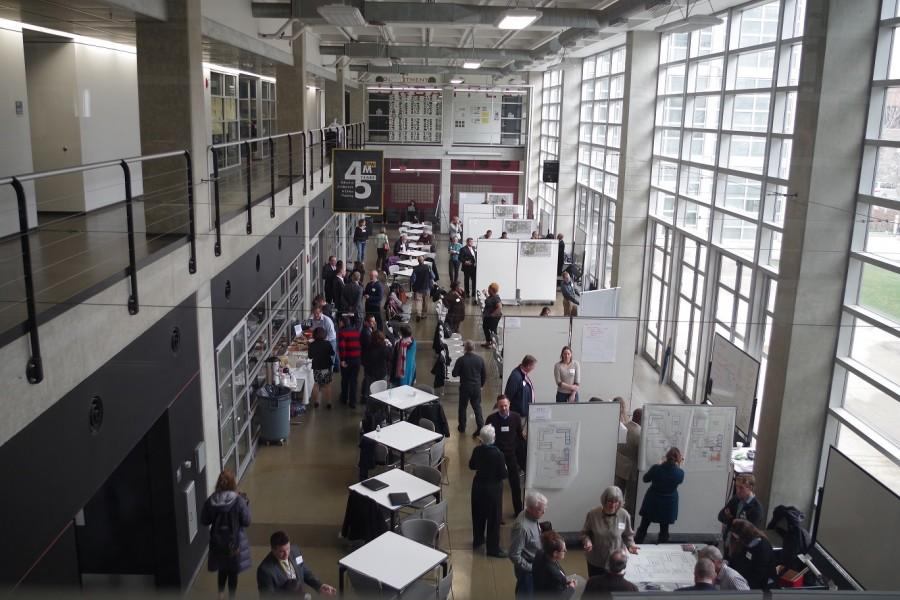

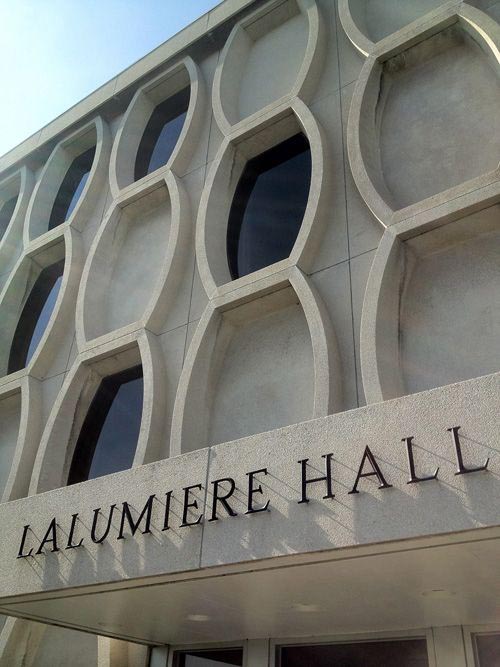


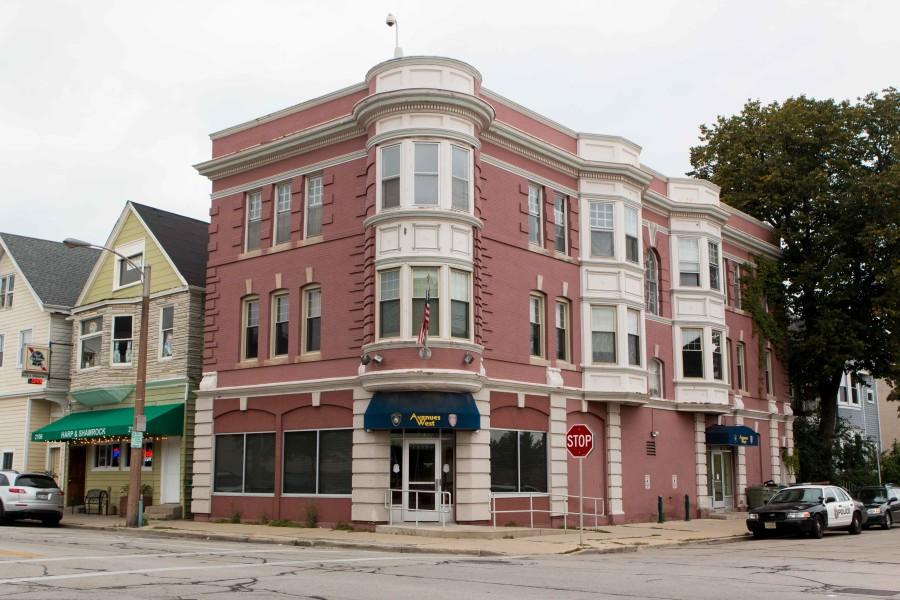
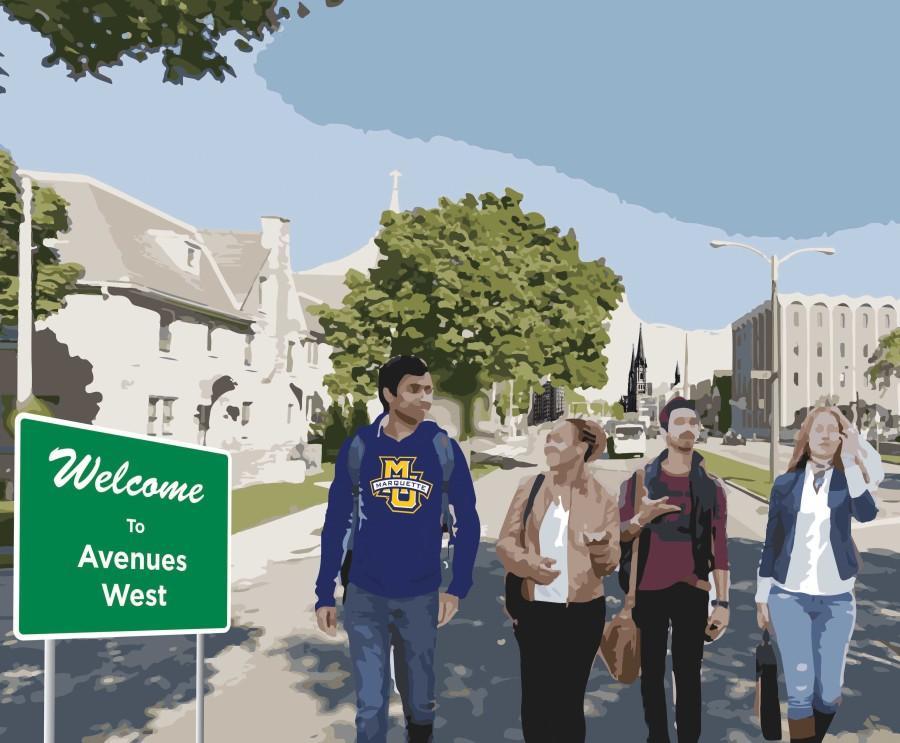

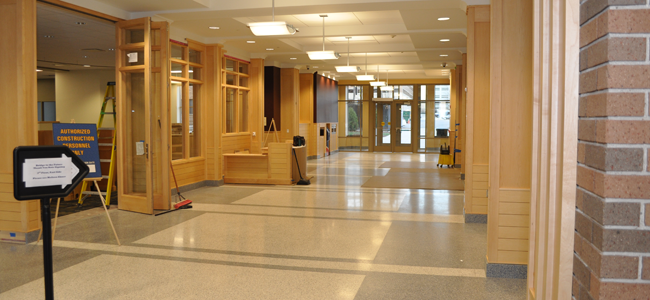
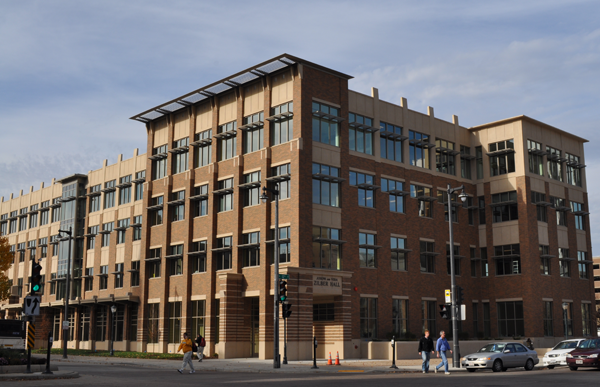

Terry Kane • Mar 9, 2021 at 6:48 pm
Let’s be crystal clear: the building is ugly, and will look like hell in 20 years. I’m shocked the board of trustees approved this design. The university should scrap it and start over. At 60M, the design should generate a collective wow, not a yawn.
More important, building projects never, ever increase the ranking of a school or program, and rarely increase the number of applicants to that school or program. All one needs as an example is the Marquette Law School. The building was a waste of money. The building had zero effect on the law school’s ranking or the number of student applications.
There’s a saying in higher education: Any college President can raise money for building projects. Only a few can raise significant dollars for scholarships and academic programs.
Isn’t it time foe this institution to shift its priorities?